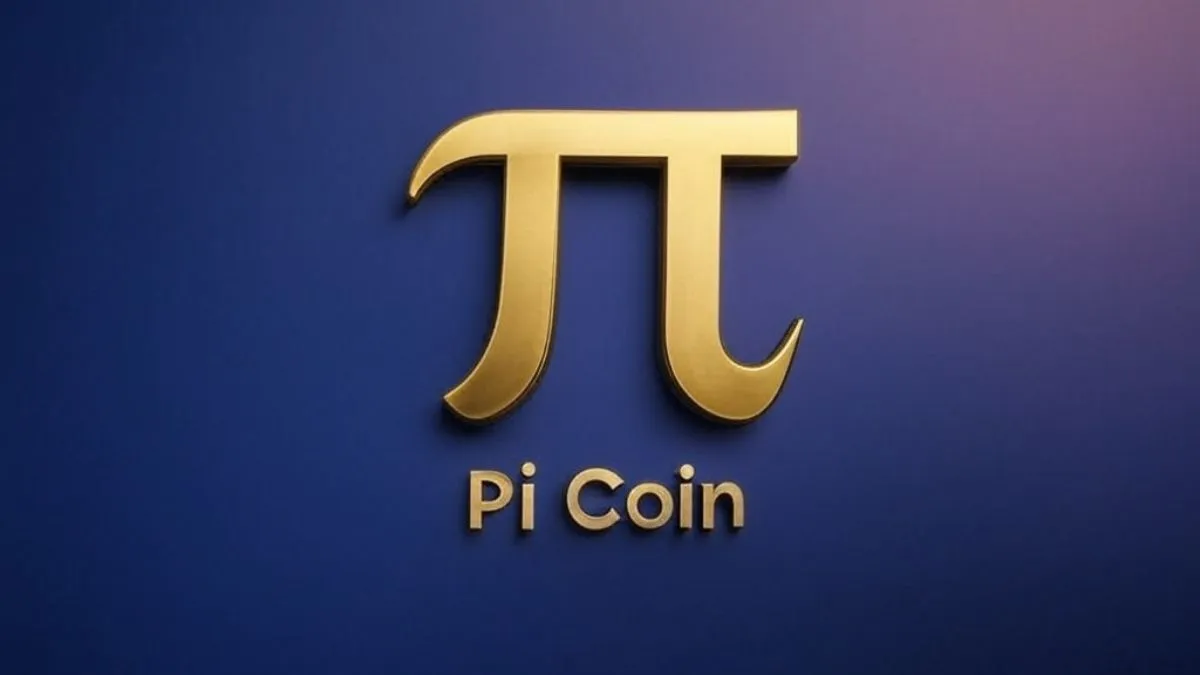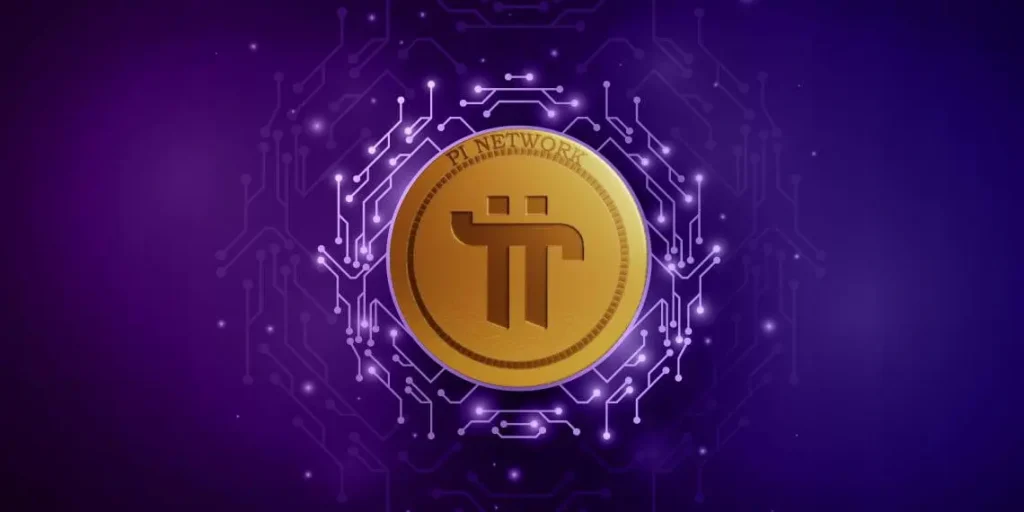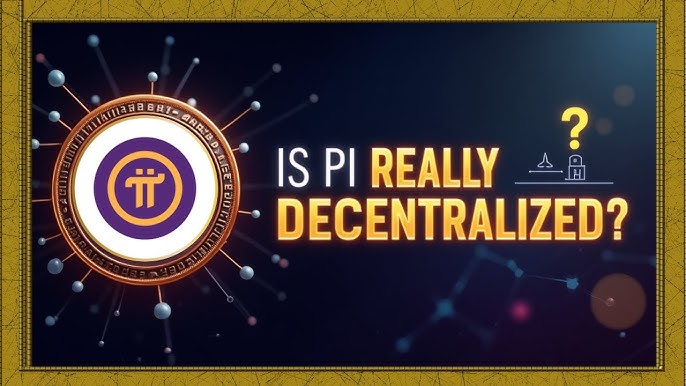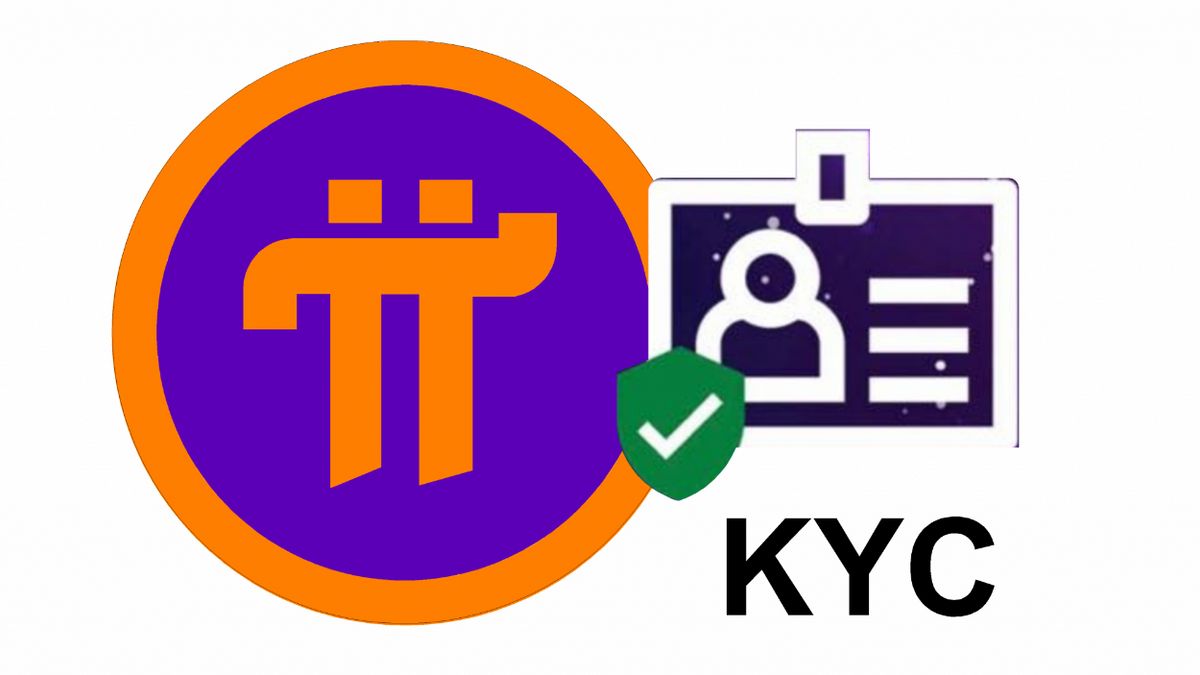What is Pi Coin (PI)? A Comprehensive Guide
Pi Coin (PI) has garnered significant attention in the world of cryptocurrency, primarily because it introduces an innovative approach to mining that leverages mobile devices. As cryptocurrencies like Bitcoin and Ethereum continue to dominate the market with high energy consumption and mining costs, Pi Network offers a more accessible and environmentally friendly solution. In this article, we will delve deep into what Pi Coin is, how it works, its mining process, and what makes it unique in the ever-evolving world of digital currencies.
The Genesis of Pi Coin: What is Pi Network?
Pi Network is a cryptocurrency project founded by a group of Stanford Ph.D. graduates, including Dr. Nicolas Kokkalis, Dr. Chengdiao Fan, and Dr. Vincent McPhillip. Launched in 2019, the network aims to make cryptocurrency more accessible to the average person. The key innovation of Pi Network is its mobile-based mining process, which allows users to mine Pi coins using their smartphones without needing high-powered computers or extensive energy consumption.
The primary goal of Pi Network is to create a decentralized and community-driven cryptocurrency that is easy to use and mine, with the vision of achieving widespread adoption by the global population. Unlike Bitcoin, which requires significant computational power and energy for mining, Pi Network operates with an emphasis on sustainability and user-friendliness.
Pi Coin, the native digital currency of the Pi Network, has become the focus of much excitement, with millions of users around the world participating in its mining process. However, it is important to understand that, as of now, Pi Coin is not yet listed on major cryptocurrency exchanges, and its mainnet has not yet been fully launched. Nevertheless, Pi Coin continues to generate interest due to its unique approach to cryptocurrency.
How Does Pi Network Work?
Pi Network’s core differentiator is its mobile-based mining process, which relies on a system known as the Proof of Consensus (PoC) algorithm, rather than the more energy-intensive Proof of Work (PoW) or Proof of Stake (PoS) mechanisms used by other cryptocurrencies like Bitcoin and Ethereum.
1. Mobile Mining: An Innovative Approach
Traditional cryptocurrency mining requires powerful hardware and large amounts of energy to solve complex mathematical problems, a process known as “mining” in the world of cryptocurrencies. However, Pi Network uses a concept called mobile mining, where users simply need to download the Pi Network app on their smartphones and “mine” by verifying their presence in the network.
In Pi Network, mobile mining works by using the phone’s minimal computational power to verify the user’s participation and prove that they are a legitimate part of the network. Instead of using computing power to perform resource-intensive tasks like Bitcoin, Pi miners only need to press a button daily to remain active in the mining process, earning Pi coins as a result.
This process, known as Proof of Consensus (PoC), allows users to earn coins by contributing to the consensus and maintaining the integrity of the network. It is designed to be energy-efficient, as it avoids the massive energy consumption associated with traditional mining methods.
2. The Role of “Trust Circles” in Pi Network
Pi Network utilizes a trust circle model, which emphasizes building a social and trustworthy network. When a user first joins Pi Network, they can begin mining Pi by inviting others to join the platform. As users invite more trusted individuals into their network, they build what is called a “trust circle.”
Trust circles are crucial for Pi Network’s Byzantine Fault Tolerance (BFT) mechanism, which is a key part of its consensus model. This means that transactions on the network can be validated and confirmed by trusted members, ensuring that the system remains decentralized and resistant to fraud or manipulation.
The more people you invite to the network, the higher your “mining rate” will be. Trust circles are formed by people who share common interests and trust each other, allowing Pi Network to establish a secure and reliable blockchain, which ultimately benefits the entire network.
Pi Coin Mining Process
The mining process in Pi Network is quite different from traditional mining methods, and this makes it a key feature of the network’s design. Let’s break down how Pi Coin mining works:
1. Mobile App Mining
To begin mining Pi coins, users must download the Pi Network mobile app, which is available on both Android and iOS platforms. The app is simple to use and doesn’t require advanced technical skills. Once you’ve downloaded the app, you need to create an account and verify your identity.
Each user is assigned a mining rate, which is based on factors like how many trusted users are in their network. This rate can increase if the user invites more people to join the platform and form trust circles. As users participate in the mining process, they earn Pi coins over time. The app also allows users to increase their mining rate through a feature known as Pi Boosters, which incentivizes active participation.
2. Proof of Consensus (PoC)
Unlike traditional cryptocurrencies like Bitcoin, which rely on Proof of Work (PoW) to mine coins, Pi Network employs a more energy-efficient approach with its Proof of Consensus algorithm. This means that instead of solving complex cryptographic puzzles, Pi Network nodes participate in a consensus process where they confirm transactions and validate the network’s state by voting and confirming blocks of data.
This process consumes far less energy than Bitcoin mining, making it more suitable for mobile devices. Users simply need to press a button on the app every 24 hours to remain active in the mining process. This method allows for a significant reduction in the carbon footprint of Pi Network, which is a major selling point for environmentally conscious users.
3. Mining Stages
Pi Network has been launched in multiple stages:
- Phase 1: Testnet – Initially, Pi Network was launched as a testnet where users could mine Pi Coins, but the coins had no real value and could not be traded. This phase helped Pi Network to test its infrastructure and build a large user base.
- Phase 2: Mainnet Launch – Pi Network plans to launch its mainnet, where Pi Coins will gain real value and can be exchanged or used within the ecosystem. At this stage, Pi will transition from being a test network to a fully functional cryptocurrency.
Pi Network is still in Phase 2, and the full launch of the mainnet is highly anticipated by the community. The network aims to establish itself as a secure, scalable, and widely adopted cryptocurrency that can be used for various applications, from peer-to-peer payments to decentralized finance (DeFi) applications.
What Makes Pi Coin Unique?
Pi Coin distinguishes itself from other cryptocurrencies in several ways. Here are the key factors that make Pi Coin unique:
1. Mobile-Based Mining
One of the most notable features of Pi Coin is that it allows users to mine cryptocurrency directly from their smartphones. Unlike traditional mining, which requires expensive hardware, Pi Network enables almost anyone with a smartphone to mine Pi Coin. This drastically reduces the barriers to entry and democratizes access to cryptocurrency.
2. Energy Efficiency
Pi Network’s Proof of Consensus algorithm is designed to be energy-efficient. Unlike Bitcoin and Ethereum, which consume vast amounts of electricity to secure their networks, Pi Network’s mining process requires minimal energy, making it environmentally friendly and more sustainable for large-scale use.
3. Decentralization
Pi Network emphasizes decentralization by building a peer-to-peer network of trusted users. Instead of relying on a centralized authority to control the network, Pi Coin’s blockchain is maintained by a distributed group of users who validate transactions and maintain the integrity of the system.
4. Community-Driven
Pi Network’s growth and success depend heavily on its community. As users invite trusted friends and family to join the network, they are rewarded with a higher mining rate. This community-driven approach is central to the Pi Network’s philosophy and has helped it amass millions of users worldwide.
Is Pi Coin Worth Anything?
As of now, Pi Coin is not listed on major cryptocurrency exchanges, and its value in the open market is zero. However, Pi Network’s developers have promised that the coin will be made available for trading once the mainnet is launched. The value of Pi Coin will depend on various factors, including the adoption rate of Pi Network, its utility in real-world applications, and the overall demand for Pi Coin in the market.
Conclusion: The Future of Pi Coin
Pi Coin (PI) is an innovative cryptocurrency that is designed to be easily mined through mobile devices, offering an energy-efficient alternative to traditional cryptocurrencies like Bitcoin. The project has built a strong community of users and is focused on achieving mass adoption. While it is still in the early stages and its value is yet to be determined, Pi Coin holds the potential to disrupt the cryptocurrency landscape by offering a decentralized, sustainable, and community-driven digital currency.
Whether Pi Coin will live up to its promise remains to be seen. However, its unique approach to mining, energy efficiency, and focus on community makes it an exciting project to watch in the world of cryptocurrency.




